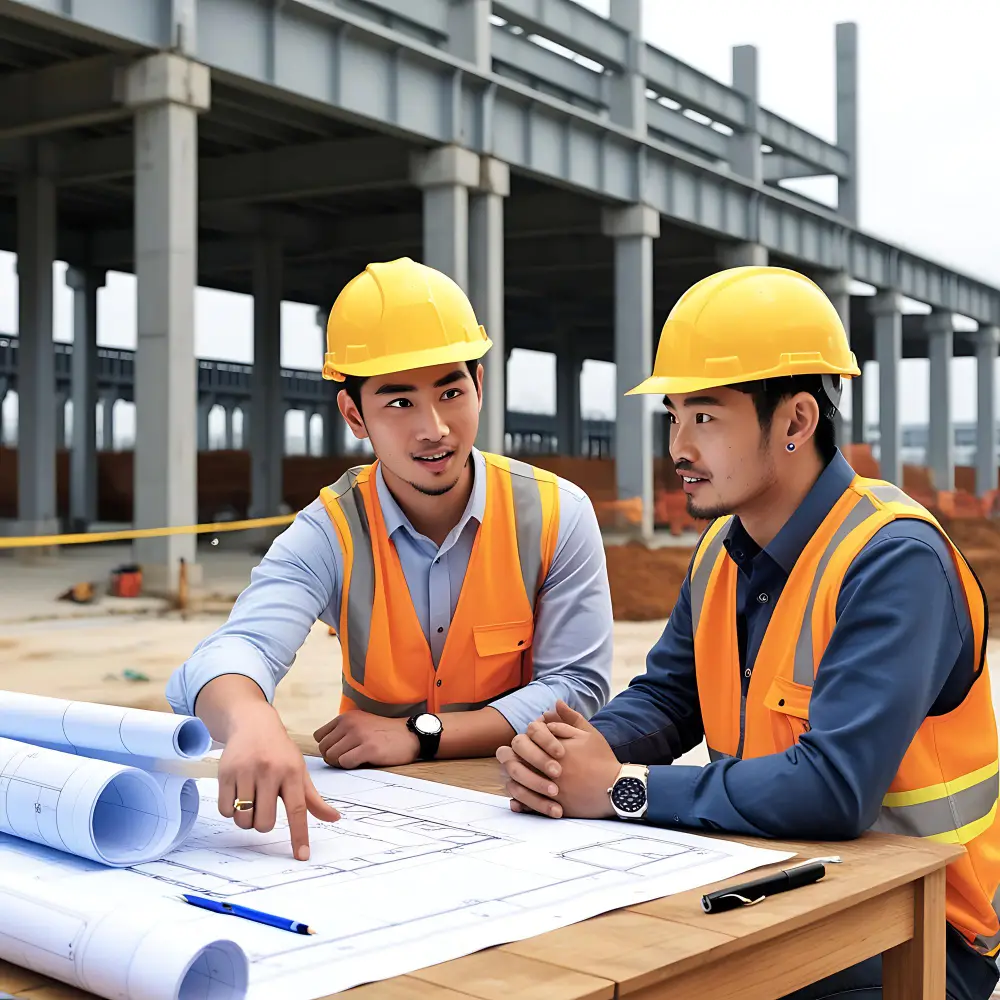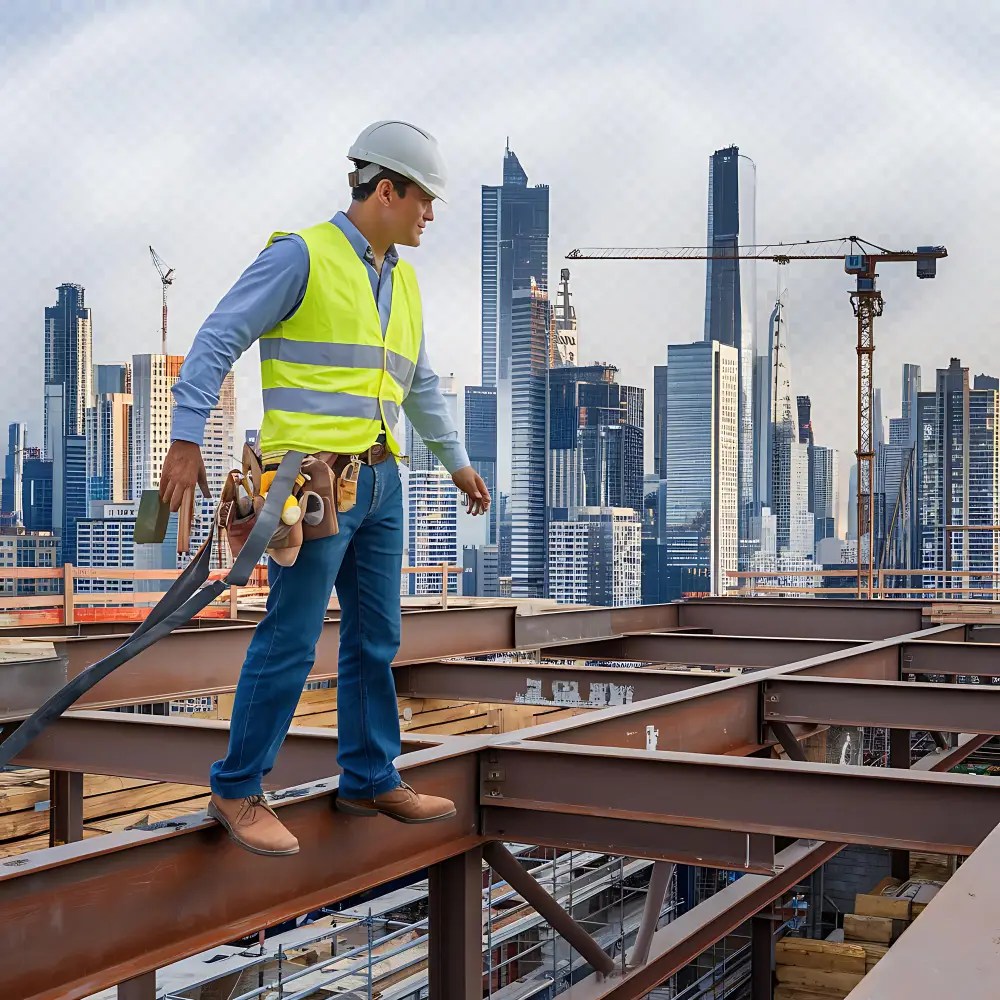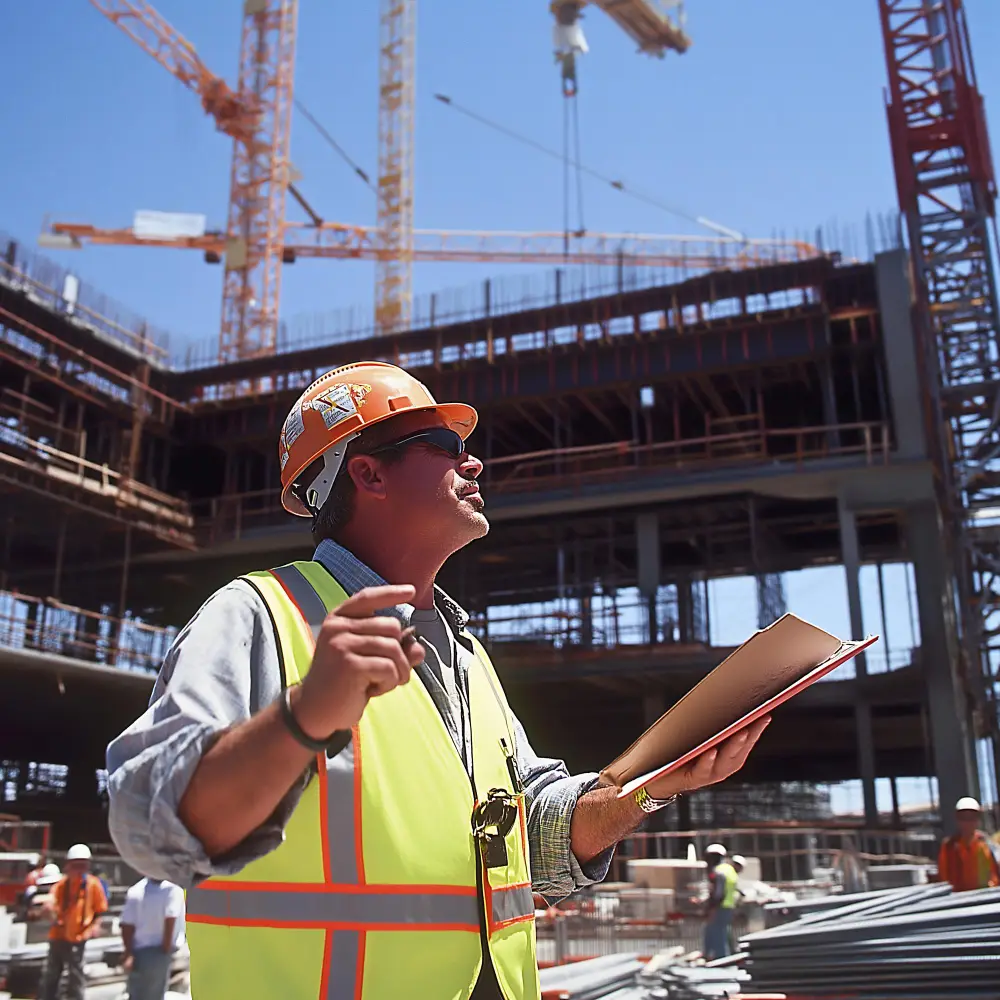Why Earthquake-Resilient Construction Matters in Cebu
Cebu is one of the most dynamic and rapidly developing cities in the Philippines. But being part of the Pacific Ring of Fire means it’s also vulnerable to frequent earthquakes. As more homes, offices, and infrastructures rise across the island, the need for earthquake-resistant construction in Cebu becomes not just an option—but a necessity.
Raji Builders, a trusted leader in Cebu construction services, is committed to designing and building structures that prioritize safety, resilience, and sustainability. Through the use of resilient building materials in the Philippines, they ensure that every structure they build stands firm against the challenges of nature.
Understanding Earthquake-Resistant Construction in Cebu
Earthquake-resistant construction in Cebu is all about designing buildings that can withstand seismic activity without significant damage. It involves advanced engineering, the right materials, and strategic structural design.
Some of the key principles include:
- Ductility: allowing structures to bend and flex instead of breaking.
- Load path design: distributing seismic forces evenly across all parts of the building.
- Foundation reinforcement: preventing collapse by anchoring structures deeply into stable soil layers.
These techniques are crucial in a city like Cebu, where both residential and commercial zones experience steady construction growth.
Top Resilient Building Materials in the Philippines
The Philippines’ climate and geography require materials that are not only durable but adaptable to extreme conditions. Here are some of the most widely used resilient building materials in the Philippines:
1. Reinforced Concrete
Combining concrete with steel bars enhances both tensile and compressive strength, making it a cornerstone of earthquake-resistant design.
2. Structural Steel
Steel’s elasticity and strength make it ideal for buildings that must absorb seismic energy without collapsing.
3. Engineered Bamboo and Wood
These eco-friendly materials are lightweight and flexible, perfect for smaller residential structures in rural or suburban Cebu.
4. Fiber-Reinforced Polymers (FRP)
FRP is used to retrofit older buildings, improving their structural integrity and earthquake resistance.
5. Lightweight Masonry Units
Using aerated or hollow blocks reduces the building’s overall mass, minimizing the impact of seismic forces.
Innovative Construction Techniques in Cebu
Cebu construction services have evolved to adopt world-class building practices for seismic resilience. Raji Builders integrates these innovative techniques into their projects:
1. Base Isolation
A cutting-edge engineering method that uses isolators to separate the structure from ground motion, allowing it to “float” during earthquakes.
2. Cross-Bracing Systems
Reinforced steel braces provide lateral stability, preventing buildings from twisting or collapsing under stress.
3. Deep Foundation Piles
Raji Builders uses reinforced foundation systems that anchor buildings securely, even in soft or unstable soil conditions.
4. Flexible Joints and Structural Gaps
By incorporating expansion joints, structures can safely absorb movement during tremors without major cracks.
5. Seismic Retrofitting
Older Cebu buildings are upgraded with modern reinforcements, improving their earthquake performance while preserving their design.

Why Choose Raji Builders for Earthquake-Resistant Construction in Cebu
When it comes to earthquake-resistant construction in Cebu, Raji Builders stands out for its innovation, craftsmanship, and client-centered approach.
Here’s why property owners, developers, and investors trust them:
- Certified Structural Engineers with deep knowledge of the Philippine seismic code
- Use of Resilient Building Materials in the Philippines sourced from trusted suppliers
- Custom Cebu Construction Services tailored for both residential and commercial needs
- Sustainability Commitment with eco-friendly and energy-efficient solutions
- Track Record of Excellence in delivering projects on time and within budget
Raji Builders doesn’t just build structures—they build trust, safety, and a legacy of resilience in every project.
Sustainability and Earthquake Safety Go Hand in Hand
The future of Cebu’s construction industry lies in balancing safety with sustainability. Raji Builders integrates green design principles, renewable energy systems, and efficient materials to reduce carbon footprint while ensuring long-term durability.
By merging resilient building materials in the Philippines with sustainable practices, Raji Builders redefines what it means to build responsibly.
Practical Tips for Cebu Property Owners
If you own or plan to build property in Cebu, consider these essential earthquake-safety tips:
- Consult certified structural engineers for your building plans.
- Use only tested, high-quality construction materials.
- Conduct regular inspections for cracks and structural wear.
- Retrofit older properties with seismic reinforcements.
- Work with reliable Cebu construction services like Raji Builders for guaranteed quality.
Building a Safer Future for Cebu
As Cebu continues to grow, so does its responsibility to build safer, smarter, and more resilient communities. Through earthquake-resistant construction in Cebu, the use of resilient building materials in the Philippines, and the expertise of Cebu construction services, a stronger and safer future is within reach.
With Raji Builders, every project is a promise of durability, integrity, and long-term value—proof that a disaster-resilient Cebu is not just possible, but already being built today.
✅ Call to Action: Build Strong, Build Smart with Raji Builders
Don’t leave your property’s safety to chance. Partner with Raji Builders—your trusted expert in earthquake-resistant construction in Cebu. Whether you’re planning a new project or reinforcing an existing one, our team ensures world-class quality and structural resilience that lasts for generations.
📞 Contact us today at https://rajibuilders.com/ to start building a safer and more resilient Cebu.

Frequently Asked Questions (FAQs)
1. What makes a building earthquake-resistant?
A building is considered earthquake-resistant when it’s designed to absorb seismic energy and minimize damage through flexible foundations, reinforced materials, and balanced structural design.
2. Which materials are best for earthquake-resistant construction in Cebu?
Commonly used resilient building materials in the Philippines include reinforced concrete, steel, lightweight masonry, and fiber-reinforced polymers. These materials offer strength and flexibility ideal for Cebu’s conditions.
3. Can old Cebu buildings be retrofitted for earthquake resistance?
Yes. Through Cebu construction services like seismic retrofitting, older buildings can be reinforced with additional bracing, shear walls, and FRP layers to improve their earthquake performance.
4. How often should a building undergo structural inspection?
It’s recommended to have professional structural inspections every 3–5 years, or immediately after a significant earthquake, to detect cracks, foundation shifts, or material fatigue.
5. Why choose Raji Builders for earthquake-resistant projects in Cebu?
Raji Builders combines decades of construction experience, modern engineering solutions, and premium materials to deliver reliable, earthquake-ready structures across Cebu. Their dedication to quality and safety makes them a trusted construction partner in the region.


